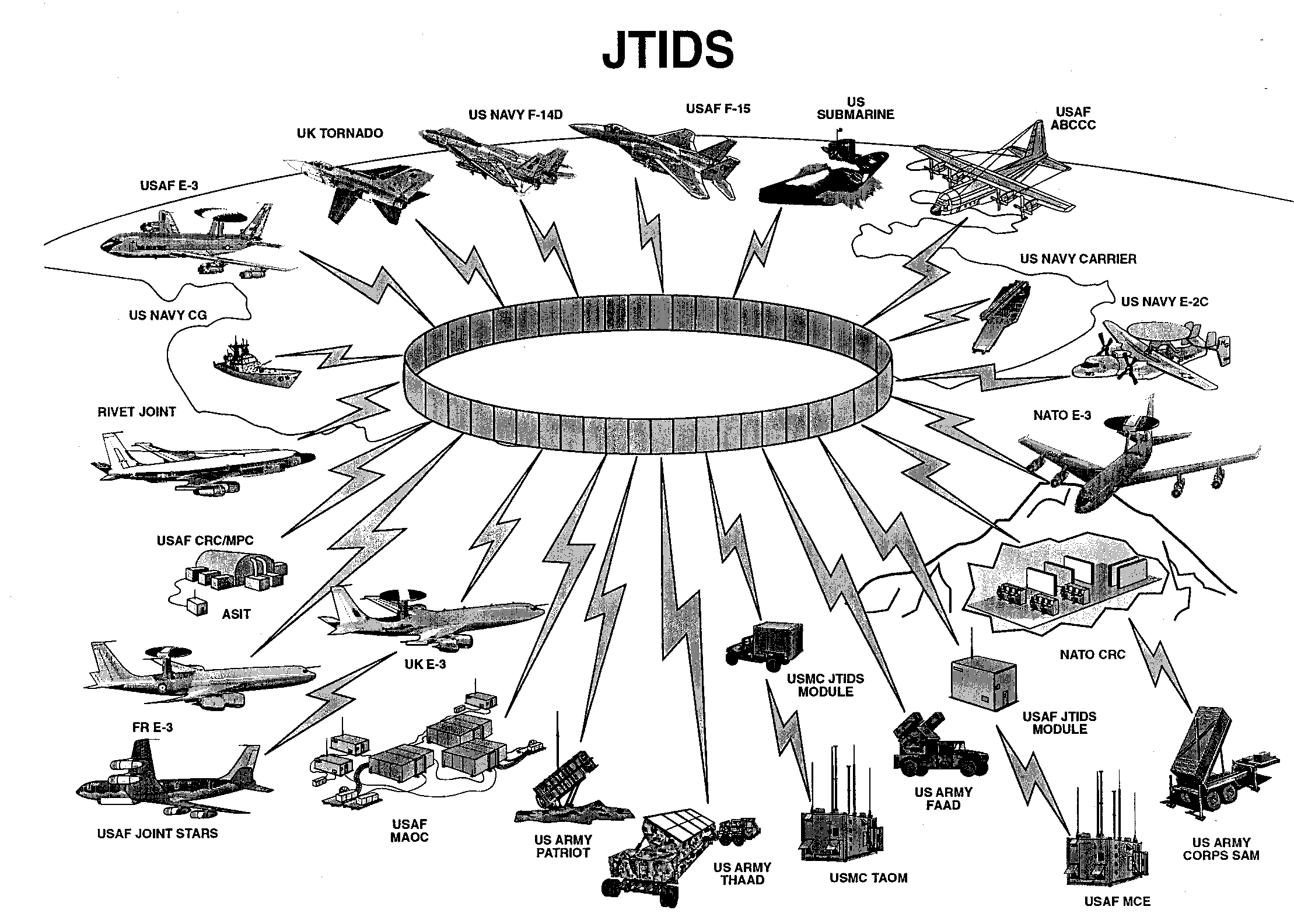
The United States Space Development Agency’s embrace of Link-16 connectivity is gathering momentum greatly improving the tactical datalink’s geographical footprint.
Link-16 is a North Atlantic Treaty Organisation (NATO) and allied Tactical Datalink (TDL) protocol which mainly supports air operations. The TDL uses frequencies of 960 megahertz/MHz to 1.215 gigahertz/GHz to handle secure tactical voice and data traffic. Link-16 was developed in the 1970s and introduced from the 1980s onward. For most of its history, Link-16 has been a terrestrial tactical datalink, but this is changing.
Viasat and Blue Canyon collaborated on the development of the XVI spacecraft to demonstrate the feasibility of moving Link-16 traffic across satellites. The XVI cubesat was launched in 2023 and placed in a Low Earth Orbit (LEO). According to the US National Aeronautics and Space Administration, cubesats are classified as having a twelve cubic metre volume. LEO orbits do not exceed 1,080 nautical miles/nm (2,000 kilometres/km) altitude. As a TDL using Ultra High Frequency (UHF) wavebands, Link-16’s range is restricted to line-of-sight. Placing Link-16 terminals on a satellite permits a significant range increase: A LEO satellite at a 1,080nm altitude could have a potential intercontinental range of 3,146nm (5,826km).
Enlarging the footprint
“The geographic footprint of the battlespace for which Link-16 was designed has increased ten-fold,” the US Space Development Agency told Armada. Tomorrow’s wars are expected to be fought across vast theatres, such as in the far east and southeast Asian regions. It is in these areas where the People’s Republic of China and the US could come to blows during any future conflict. “Link-16 from space allows quicker reaction times for warfighters over a large area … In order for US forces to react to rapid and changing adversarial threats, the timeline of these reactions must be faster than ever before.” A key motivation for evolving Link-16 provision from space is the challenge presented by time-sensitive, beyond line-of-sight targets. Such threats are exemplified by hypersonic surface-to-surface missiles. Hypersonic weapons travel at velocities exceeding 3,333 knots (6,174 kilometres-per-hour). The Russian Air and Space Force’s Kh-47M2 Kinzhal (NATO reporting name AS-24 Killjoy) has a reported top speed of 6,666 knots (12,348km/h). The missile’s range is said to be circa 1,080nm which could be covered in nine minutes and 43 seconds.
SDA efforts
The SDA has picked up the baton and is helping to advance space-based Link-16 capabilities. On 14th February, the SDA launched 27 Tranche-0 Proliferated Warfighter Space Architecture satellites. Seven of the spacecraft include TDL payloads. York Space Systems, Lockheed Martin, SpaceX and L3Harris have all been involved in developing these Tranche-0 satellites. The Proliferated Warfighter Space Architecture “has successfully demonstrated the first ever Link-16 network entry through space to a ground connection located within a Five Eyes partner nation from low earth orbit,” the SDA told Armada. The Five Eyes nations comprise Australia, Canada, New Zealand, the United Kingdom and the United States. “This demonstration represents a capability never before possible for our warfighters.”
Link-16 connectivity testing is expected to continue throughout 2024: “Signal characterisation tests” are ongoing noted the SDA with “network loading and entry tests” then occurring. These evaluations will “be followed by adding additional Link-16 participants to provide empirical data on network loading, participant interactions and the tests required to lead up to certifications.” Crucially, the Link-16 terminals equipping the Tranche-0 satellites are fully compatible with Link-16 radios used throughout NATO and allied nations: “No modifications (to these radios) are required for interoperability,” said the SDA.

by Dr. Thomas Withington












